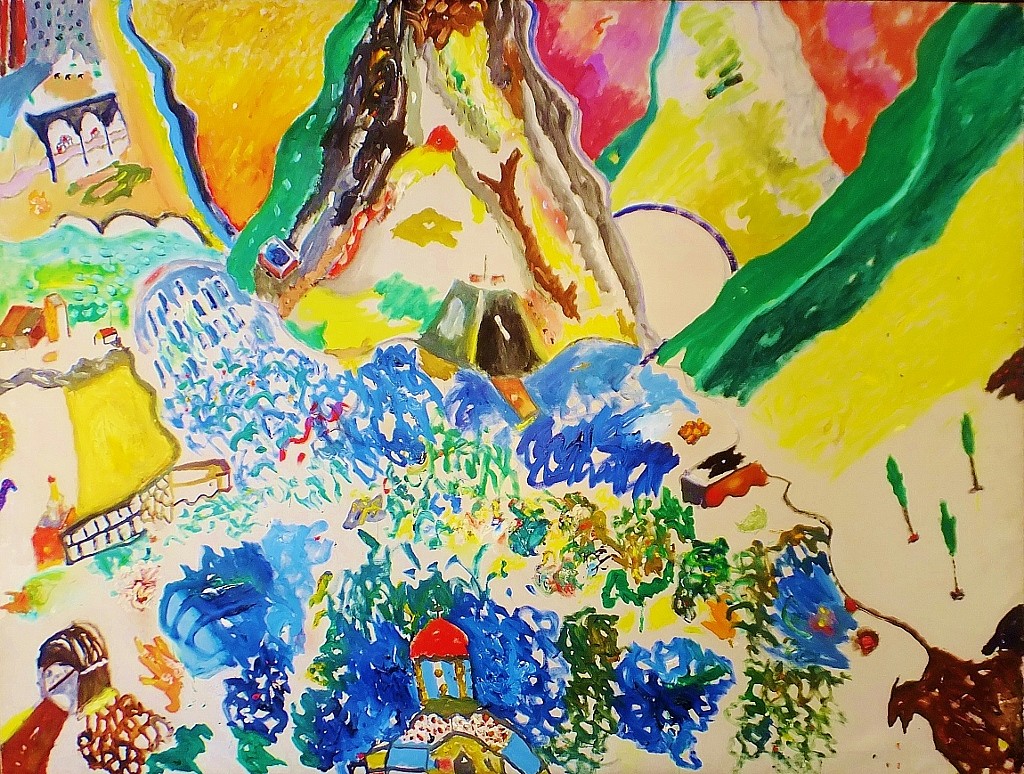PRESS RELEASE

Aristomis Kaldis: Falstaff Revisited
Mar 15 – Apr 12, 2017
Lawrence Fine Art is pleased to present "Aristodimos Kaldis: Falstaff Revisited" which will open on March 15 and extend for one month. The exhibition will also available to view on Artsy.
"The story of the post-WWII New York School artists is still being written," said Gallery Director Howard Shapiro. "Kaldis is one artist who deserves a reappraisal."
Kaldis was possessed of an outsize personality: "He was large, noisy, histrionic, outrageous and irrepressible. His hair was long and unruly, his highly animated face seemed to sport many more features than could be entirely accounted for by nature-his very large nose was especially memorable-and in every weather he was wrapped in a bright red scarf of Isadora length that instantly set him apart from ordinary mortals," wrote Hilton Kramer in one review.
Yet it was his paintings which did and should command attention. Continues Kramer: "It was often a shock for people to discover that the man’s paintings were beautifully executed landscapes in a lyric mode. One hardly expected such a commanding pastoral style, all delicacy and nuance and romance, from the Falstaffian character that had been met on the street or at some art-world event. Where the public Kaldis seemed all but consumed in rhetoric and bluster, the painter had all the while been engaged in a highly poetic pursuit."
Kaldis was born in what is now Greece and came to this country at 17, around 1920, but was a late starter and did not begin painting until the late 1930s. Apparently, he was recognized quickly as a talent. When the Poindexter Gallery in New York organized an exhibition called The Thirties in 1956, Kaldis was included in the company of Stuart Davis, John Graham, Willem de Kooning, Ad Reinhardt and Mark Rothko.
He painted a number of wonderful modernist pieces, but he is especially known for his Greek landscapes--lyrical, abstracted, pastoral imaginings of a remembered past. In this, he was most like Chagall and his renderings of his native Vitebsk.
The gallery will show a selection of early modernist works and a selection of his landscapes. "The standout in the show is Panhellenic Landscape from 1951," said Shapiro. "It is turbulent, soulful, with hints of Kandinsky and Cezanne. Kramer called this work 'one of the best American paintings of its period.'"
